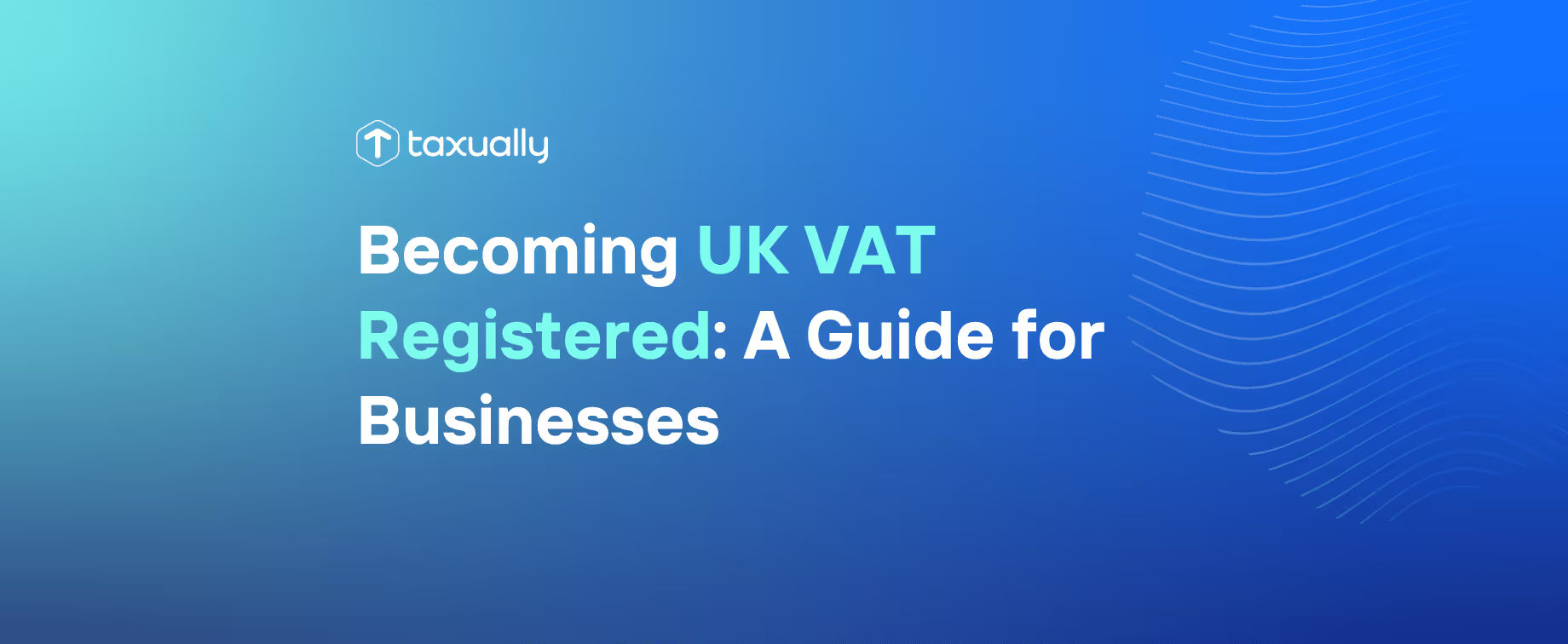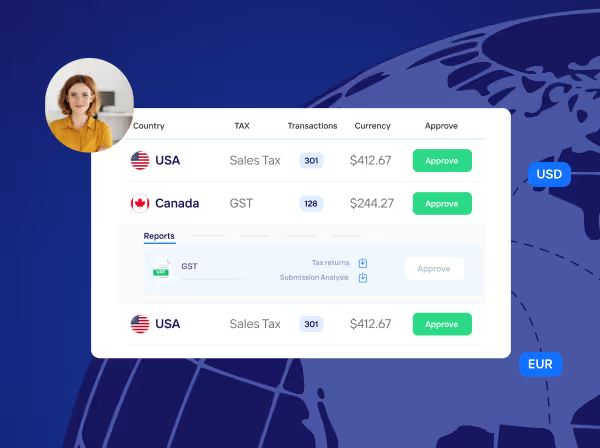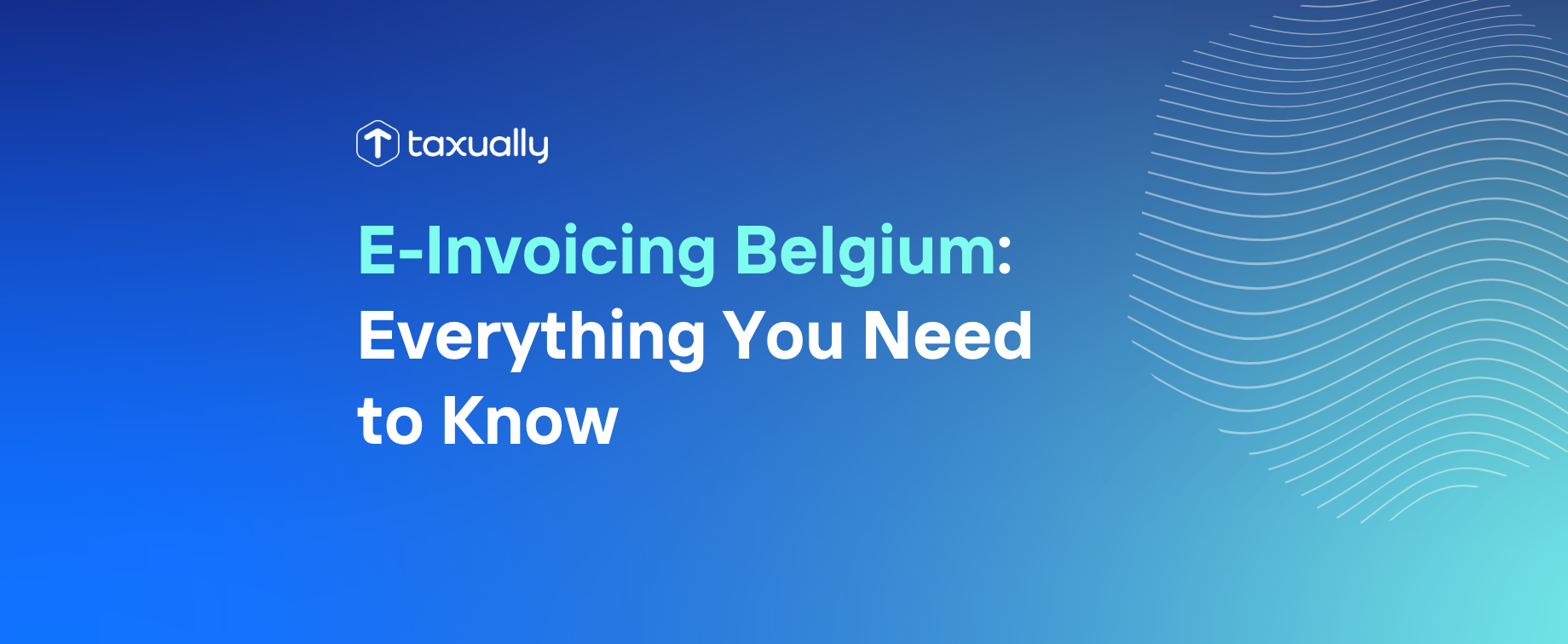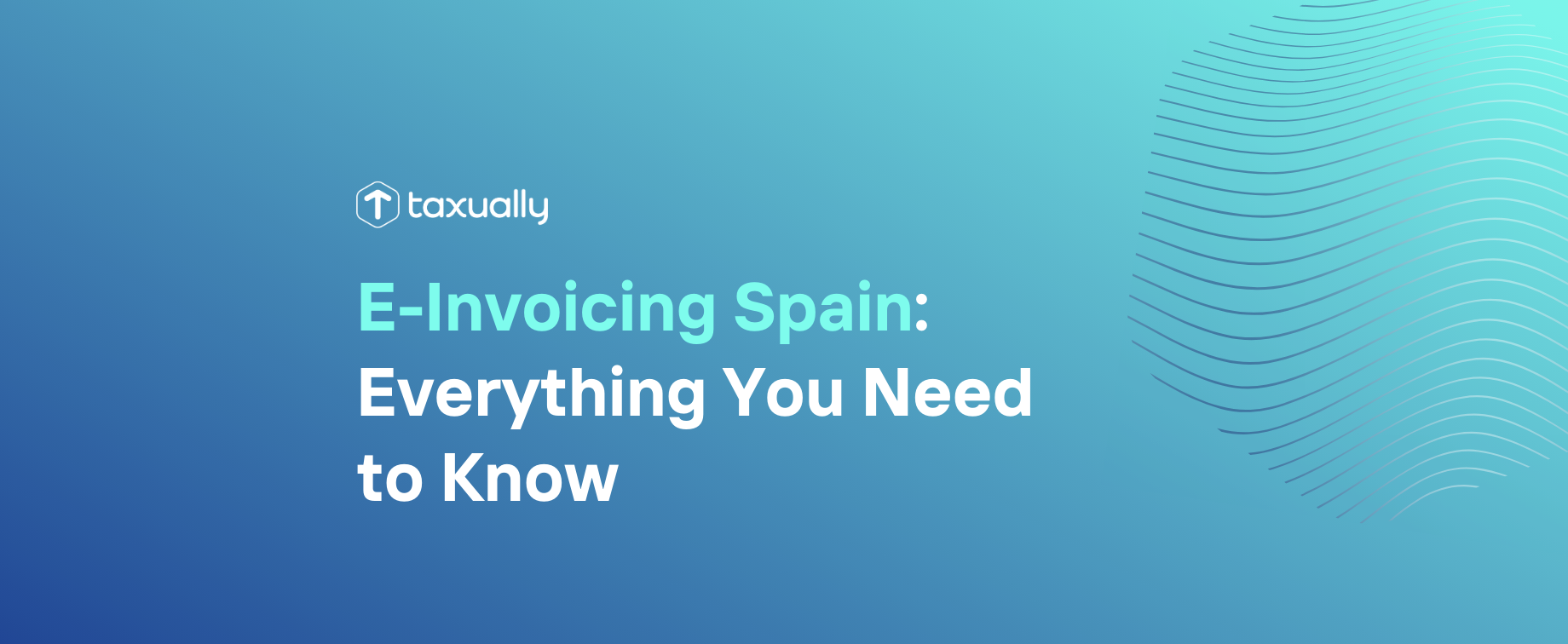Key takeaways
- Understanding VAT registration is a critical part of running a business in the UK.
- Businesses with an annual taxable turnover exceeding £90,000 must register for VAT, while those below can choose to register voluntarily.
- Post-registration responsibilities include generating invoices, submitting returns, reclaiming pre-registration purchases & complying with Making Tax Digital (MTD) rules when selecting software solutions.
Are you a business owner wondering 'how do I become VAT registered'? Then read our comprehensive guide, where we walk you through everything you need to know about registration for UK VAT and how it affects your business. From understanding the basics of VAT to choosing the right VAT software, we’ve got all the information you need to make informed decisions and stay compliant with UK tax regulations.
Understanding VAT registration
VAT registration is an important aspect of running a business in the UK, most notably for companies with a taxable turnover exceeding the current threshold of £90,000, at which point VAT registration becomes mandatory (this is also the case for foreign companies selling goods and services within the UK).
Once registered, you'll receive a VAT registration number and a vat registration certificate, and you must comply with various VAT rules and regulations to ensure timely VAT payments and avoid penalties. It’s essential to consider the vat registration cost as part of your business expenses.
HMRC provides extensive guidance on VAT and VAT registration via the government’s website, which is helpful for both new and existing VAT registered businesses. So, let’s start by understanding what VAT is and who needs to register for it.
What is VAT?
Value Added Tax (VAT), introduced in 1973, is a kind of sales tax. It's imposed by those traders who have registered themselves with VAT authorities on the cost of goods or services being sold to their customers. Once VAT registered, businesses must charge VAT on their taxable sales and services. The standard rate of VAT in the UK is 20%.
VAT is imposed on the value of goods and services at each stage of production and distribution, with the purpose of being a tax on consumption rather than income or profits. A key VAT element in this system is the reduced rate for certain goods, such as household fuels like gas and electricity, which are subject to a reduced rate of 5%.
With a clear understanding of what VAT is, it’s essential that you determine whether your business needs to register for VAT. This is where the VAT registration threshold comes into play, as it defines the point at which businesses must register for and start charging VAT on their sales.
Who needs to be VAT registered?
Businesses must register for VAT if their taxable turnover exceeds £90,000. This is a legal requirement and applies to all organisations whose annual taxable turnover exceeds the threshold. However, businesses solely providing VAT-exempt goods and services are exempt from registration.
Businesses with an annual turnover below the VAT threshold are also not required to register, although they can opt to voluntarily register for VAT. This can provide certain benefits for the business, such as being able to reclaim VAT on pre-registration purchases.
Now that you know whether your business needs to register for VAT, let’s explore the VAT registration process and the different methods available for registering.
How to get a VAT number

Registering for a VAT number can be done through two primary methods: online VAT registration and paper form VAT registration. Both methods have their advantages and disadvantages, and the choice between them depends on your business’s specific needs and capabilities.
In this section, we'll guide you through each method, providing detailed instructions and highlighting the key differences between the online and paper form registration processes.
Online VAT registration
Online VAT registration is generally the preferred method for UK business owners, as it offers a more efficient and user-friendly experience. To register for VAT online, you’ll need a Government Gateway ID and password. You can register for VAT online via HMRC Online Services or Government Gateway.
Upon completing the online registration process, you’ll receive an activation code to access your private VAT dashboard, where you can view the status of your VAT, manage your account, track records, observe upcoming important deadlines and dates, and apply for and view your VAT certificate through the VAT online services.
However, in some cases, online registration may not be possible or suitable for your business. In such situations, the paper form VAT registration method is available.
Paper form VAT registration
Paper form VAT registration is an alternative method for businesses that cannot register for a VAT online account. To register for VAT using a paper form, you can download the VAT1 form from the government website and fill it out with the required information. Once completed, the form can be mailed to the address indicated on the form.
However, paper form registration has its drawbacks, such as being less efficient than online registration and requiring additional paperwork. Also, businesses may not be eligible for certain tax deductions when using a paper form to register for VAT.
Before registering for VAT, it’s important to gather all the required documents and information necessary for a smooth registration process.
Required documents and information
To register for VAT, you’ll need to provide various documents and information, including business details, National Insurance (NI) number, Unique Taxpayer Reference (UTR) number, and business bank account details.
These documents serve different purposes: business details provide information on the business, including the name, address, and contact details; the NI number identifies the business owner; the UTR identifies the business for taxation purposes; and the business bank account details are used for making payments to HMRC.
Failure to provide the necessary documents and information may result in your business being unable to register for VAT or facing penalties. So, make sure you have all the required documents and information handy before starting the registration process.
Voluntary VAT registration
Although registering for VAT is mandatory for businesses with a taxable turnover exceeding the VAT threshold, you might consider voluntarily registering for VAT if your business’s annual turnover is below the threshold.
Voluntary VAT registration has several benefits, such as lending credibility and professionalism to your business and enabling you to claim VAT back on purchases made prior to registration. Many customers are VAT-registered businesses. The VAT they pay for goods and services is usually reclaimable. Thus, it benefits both parties.
It’s important to weigh the pros and cons of VAT registration, including the option to register for VAT voluntarily, and consider whether it’s the right choice for your business. Keep in mind that once registered, you’ll need to comply with all VAT regulations and responsibilities, whether you’re registered voluntarily or compulsorily.
VAT accounting schemes

To help businesses manage their VAT obligations, there are several VAT accounting schemes available, including standard, annual, flat-rate, and cash accounting schemes. Each scheme has its unique features and benefits, catering to different business needs and preferences. By setting up a VAT account, companies can efficiently handle their VAT-related transactions.
The Standard VAT Accounting Scheme is the most widely-used approach, requiring businesses to file a VAT return every three months.
The Annual Accounting VAT Scheme allows businesses to submit a single VAT return annually and make pre-calculated VAT payments based on the preceding year’s return or an estimated figure.
The VAT Flat Rate Scheme is a convenient way to file a VAT return. It works by having businesses pay a pre-determined percentage of their total revenue as VAT.
Lastly, the VAT Cash Accounting Scheme enables businesses to pay VAT upon receipt of payment from customers and reclaim VAT on purchases upon payment to suppliers.
Understanding the different VAT accounting schemes is crucial to selecting the most suitable scheme for your business. Be sure to explore each scheme in detail and consider the unique needs and characteristics of your business before making a decision.
Responsibilities for VAT registered businesses
Once you’ve registered for VAT, it’s essential to understand and fulfill your post-registration responsibilities to stay compliant with UK tax regulations. Some of these responsibilities include incorporating VAT into your prices, generating VAT invoices, and submitting VAT returns. You’ll also need to keep accurate business records, such as invoices and receipts, for a minimum of six years.
It’s crucial to familiarise yourself with the process of incorporating VAT into sales invoices and submitting VAT returns, as failure to do so can lead to penalties and complications with HMRC. By understanding and diligently carrying out your post-VAT registration responsibilities, you can ensure smooth business operations and avoid any potential issues with the tax authorities.
Reclaiming VAT on pre-registration purchases
Did you know that you can reclaim VAT on purchases made before registering for VAT? Once a VAT registered company, you can recover VAT on purchases made up to four years before registering for VAT, provided that certain conditions are met.
To reclaim VAT on pre-registration purchases, you can include them in your initial VAT return. For example, a business may be eligible to reclaim VAT on items purchased up to four years prior to registering for VAT, or on services acquired up to six months before registering for VAT.
This can provide a financial boost to your business, especially in its early stages.
Making Tax Digital (MTD) for VAT
As of April 1, 2022, registering for VAT will enable you to be part of ‘Making Tax Digital (MTD) for VAT’. This is a mandatory requirement, with the initiative aiming to make the tax system more efficient and easier for taxpayers to comply with. Unless you're exempt, you must adhere to the MTD rules, which include keeping digital records and using compatible software to submit your VAT returns.
Failure to comply with MTD rules may result in an inspection by HMRC and potential penalties if your records are not up to standard. Therefore, it’s important to familiarise yourself with the MTD requirements and ensure your business is prepared to meet them.
Choosing the right VAT software
Selecting the right VAT software for your business is crucial to ensure seamless VAT management and compliance with MTD rules. When choosing VAT software, consider factors such as compatibility with your existing accounting software, user-friendliness, and customer service.
By carefully evaluating your business’s needs and comparing various VAT software options, you can find the perfect solution to streamline your VAT management process and stay compliant with UK tax regulations.
Conclusion
With the right knowledge and resources, VAT registration and compliance needn't be complicated. After reading this guide, you should have a clearer understanding of VAT registration, from the basics of VAT to selecting the most suitable VAT accounting scheme for your business.
With this knowledge in hand, you can confidently approach VAT registration and ensure your business remains compliant with UK tax regulations. Remember, staying informed and proactive in your VAT management can help your business grow and succeed in the long run.
Do you need help with your VAT compliance? Book a free call with one of our VAT experts to find bespoke solutions for your business, optimise your VAT costs, and reach millions of new potential customers.
Frequently asked questions
New Year's Day - 1/1/2024Memorial Day - 5/27/20244th of July - 7/4/2024Labor Day - 9/2/2024Thanksgiving Day - 11/28/2024Day after Thanksgiving - 11/29/2024Christmas Eve - 12/24/2024Christmas Day - 12/25/2024
Do you pay VAT on the first £90,000?
No, you do not need to pay VAT on sales before reaching the £90,000 threshold. Once you register for VAT or reach this turnover point, you will need to start tracking and paying it.
How do you register for VAT?
You can register for VAT online by signing into the HMRC website using your Government Gateway user ID and password, or create one if you don’t already have one. Once logged in, follow the steps on the site to complete the registration.
How do I know if I should register for VAT?
You must register for VAT if your taxable turnover in any consecutive 12-month period reaches the registration threshold, or if you take over an existing business that is VAT-registered.
Remember to register within 30 days of when your total VAT taxable turnover for the last 12 months was over £90,000.
What are the rules for VAT registration UK?
Businesses in the UK must register for VAT when their taxable turnover exceeds £90,000 over a 12-month period. Voluntary registration is also possible if the turnover is below this amount.
HMRC will be owed any VAT due from the registration date onwards. Exempt supplies don’t require registration for VAT.



















